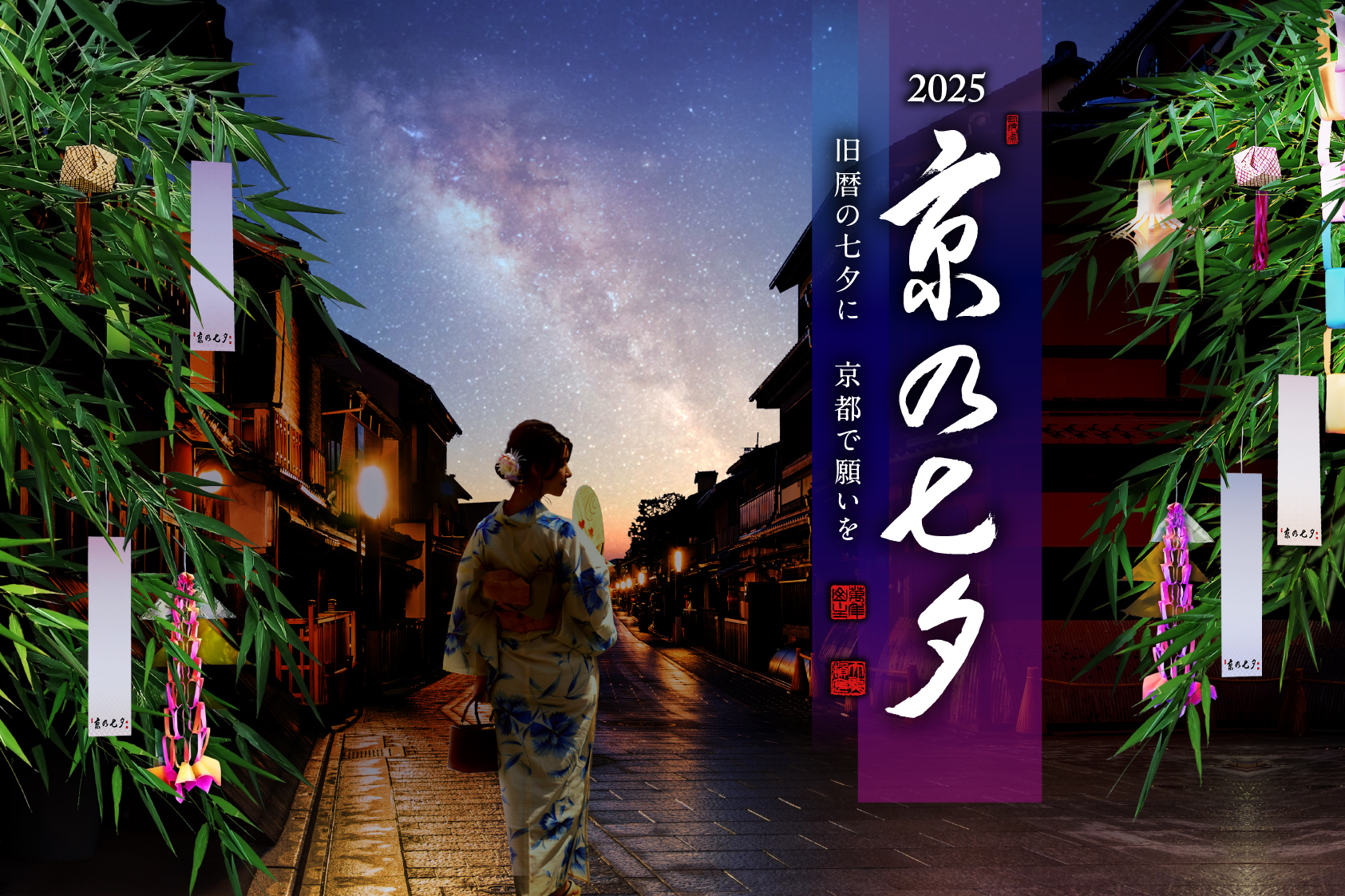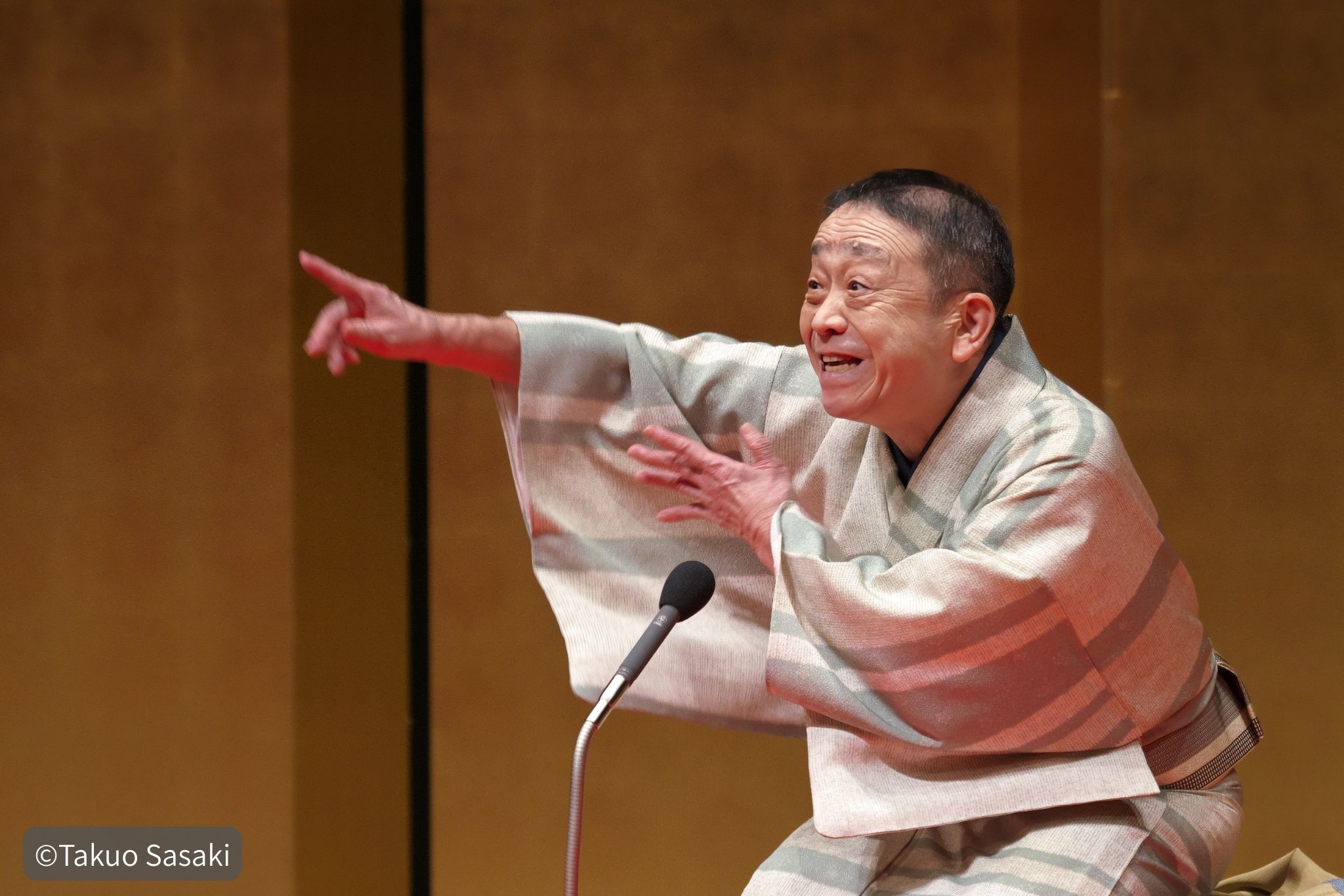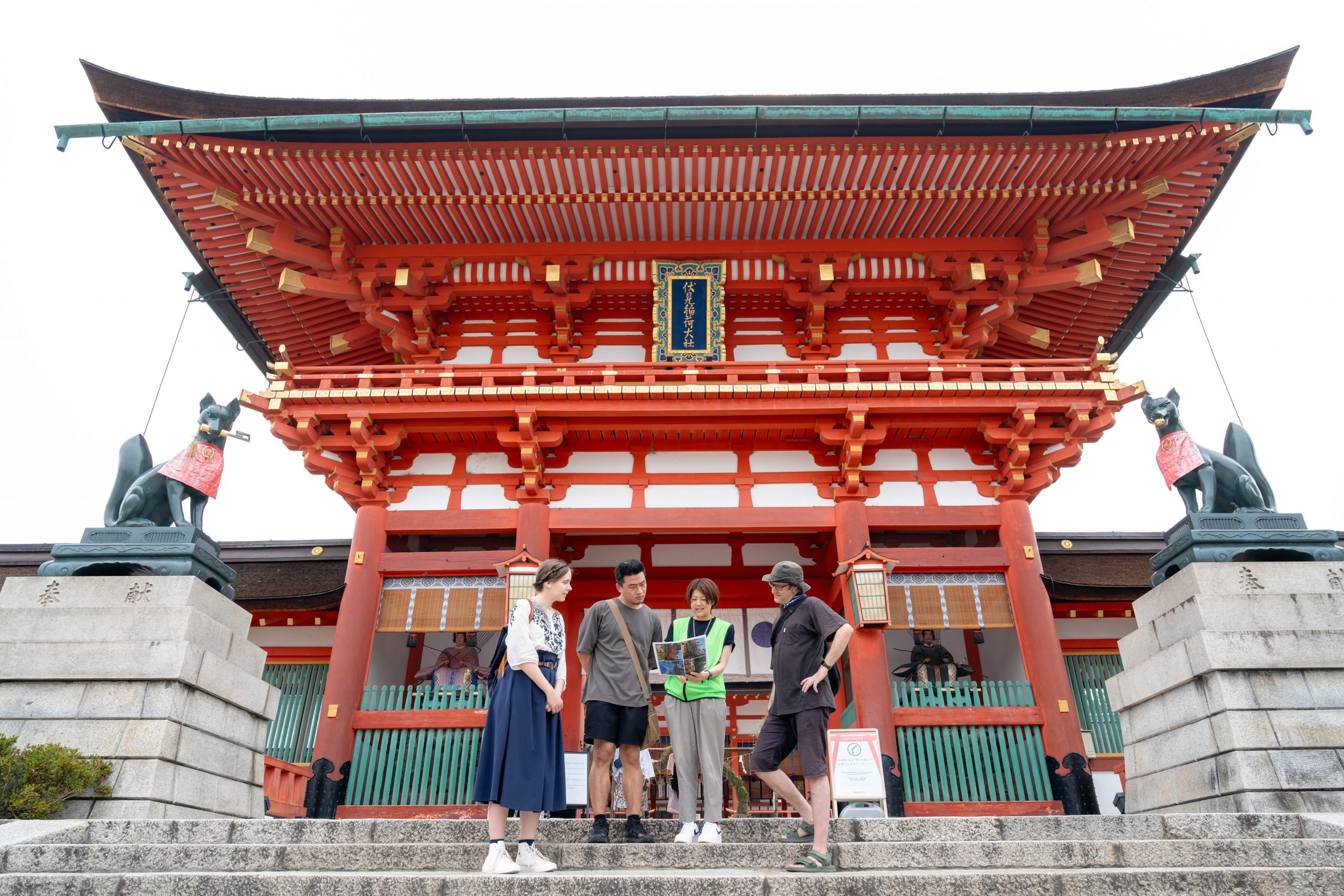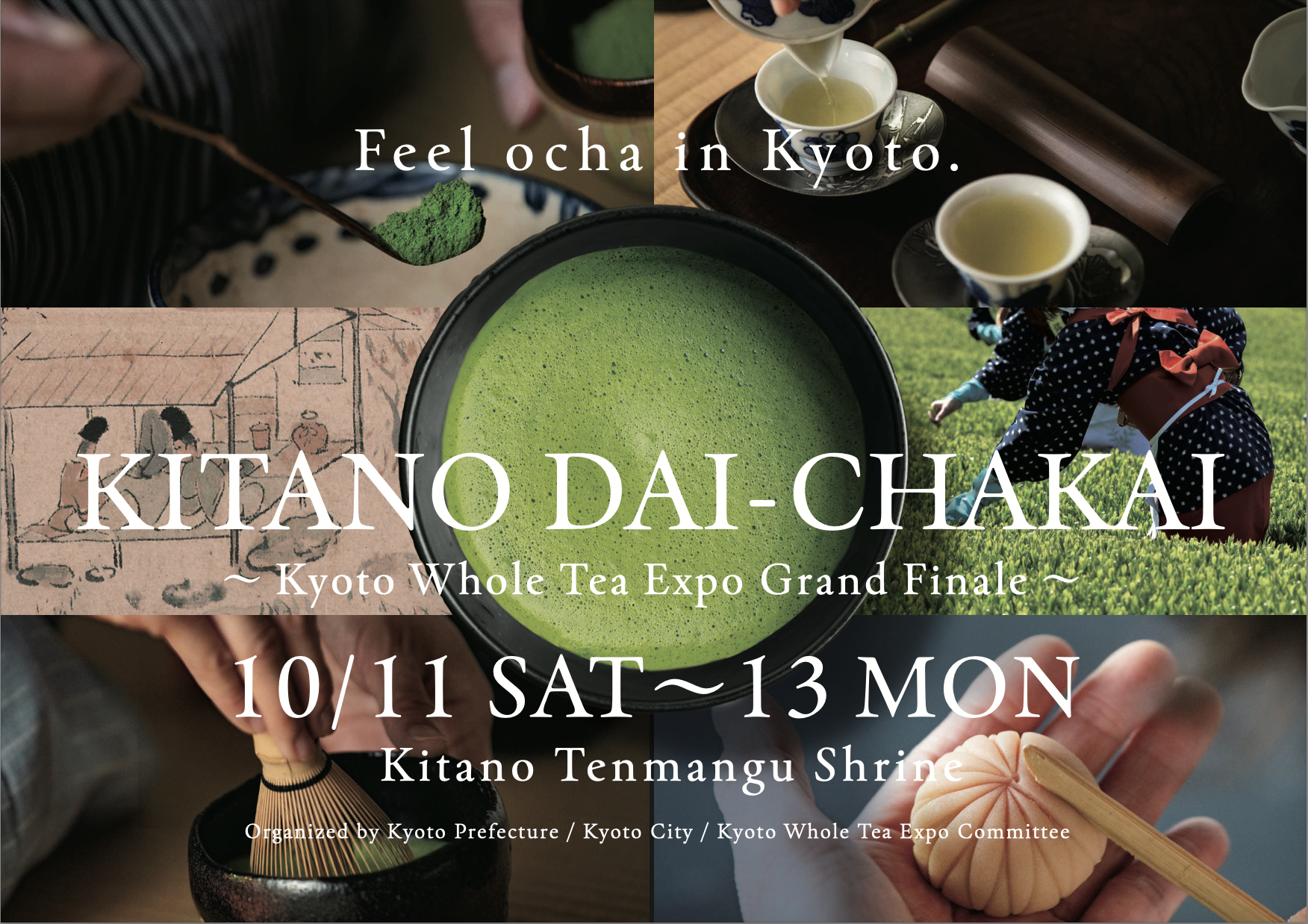
Tanabata is a Japan-wide festival held on July 7th, during which people write their wishes on colorful slips of paper and hang them on bamboo tree branches, praying for them to come true.
The origins
The Tanabata festival was originally inspired by a Chinese festival based on the legend of the celestial lovers – Hikoboshi (based on the star Altair), a cowherd and Orihime (based on the star Vega), a cloth weaver. Though deeply in love, they are separated from one another throughout the year, and can only meet on the 7th of July. The night of that date is when they are said to cross the Milky Way and finally be able to reunite.
The Chinese festival was originally held in order to pray to the stars for improvement in sewing (to Orihime) or writing (to Hikoboshi) abilities. The tradition came to Japan during the Nara period (710-794 AC) where it was combined with the Obon Festival and became Tanabata, which was celebrated by weaving a loom and dedicating it to the spirits of the dead. Today, Tanabata is mostly known as a wish-making festival.
The date this festival is held on is also indicative of older belief in Yin-Yang present in Japan. “Yang” symbolizes the sun, positive energy and odd numbers, while “Yin” symbolizes the moon, negative energy and even numbers. As such, dates that happen to combine odd-numbered months and days are seen as auspicious and are the time of “Five Seasonal Festivals”. January 1st is the New Year’s Day, March 3rd is the Girl’s Festival (Hinamatsuri), May 5th is Children’s Day (also called the Boy’s Festival), July 7th is Tanabata and September 9th is the Chrysanthemum Festival. With the exception of the Chrysanthemum Festival, four out of five of the “Seasonal Festivals” are still widely celebrated all around Japan.
- Kyo no Tanabata - Tanabata in Kyoto
Each district in Kyoto hosts unique Tanabata-related events. The wishes written by locals and visitors alike are gathered throughout July and August to be burned at Kiyomizu-dera Temple in September in order to symbolically deliver them to the heavens.
Link to the Kyo no Tanabata website:
https://kyonotanabata.kyoto.travel/ (website available in Japanese only)










